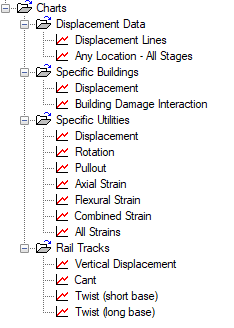Terms & Conditions
Data Security
We are committed to ensuring that your information is secure. In order to prevent unauthorised access or disclosure we have put in place suitable physical, electronic and managerial procedures to safeguard and secure the information we collect.
All data is stored in secure electronic systems accessible only to Oasys staff with both valid network login credentials and specific authorisation to access the system. Our systems further limit data access by role to ensure data is available only to those who have a specific need to see it.
If at any point you suspect or receive a suspicious communication from someone suggesting they work for Oasys or a website claiming to be affiliated with Oasys, please forward the communication to us or report the incident by email to [email protected] or in writing to Oasys, 8 Fitzroy Street, London, UK, W1T 4BJ as soon as possible.
Data Security Notice Updated 27th February 2020
[ top ]
Website Terms and Conditions
The contents of this web site are protected by copyright and other intellectual property rights under international conventions. No copying of any words, images, graphic representations or other information contained in this web site is permitted without the prior written permission of the webmaster for this site.
Oasys accepts no responsibility for the content of any external site that links to or from this site.
[ top ]
Software Licensing Terms
Terms and Conditions of Purchase
The full conditions of purchase and maintenance for all Oasys desktop software are set out in the Oasys Software Licence and Support Agreement.
The full conditions of purchase and maintenance for Oasys Gofer and Oasys Giraphe are set out in the Gofer SaaS Agreement and the Giraphe SaaS Agreement.
All prices are subject to TAX at the current rate.
Prices and specifications are subject to change without notice – please ask for a written quotation.
Although every care has been taken to ensure the accuracy of all information contained herein, the contents do not form or constitute a representation, warranty, or part of any contract.
Superseded Versions of Terms and Conditions
Oasys keeps copies of all superseded versions of its terms and conditions.
Maintenance & Support Services
Support and maintenance is included with all subscription licences for their full duration.
Annual maintenance contracts are available for software under a perpetual licence, prices are based on a percentage of the most recent list price.
This service includes:
- telephone/email/web based support
- free software updates available via internet download
- personalised output header for many products
[ top ]
Cookies Policies
View available cookies policies below:
[ top ]


